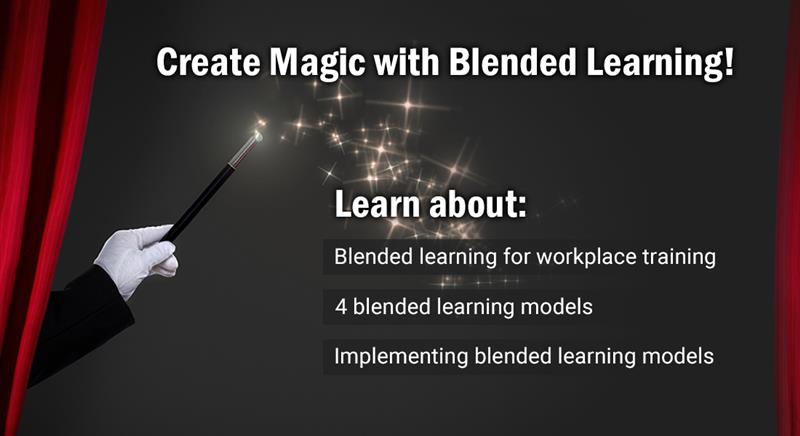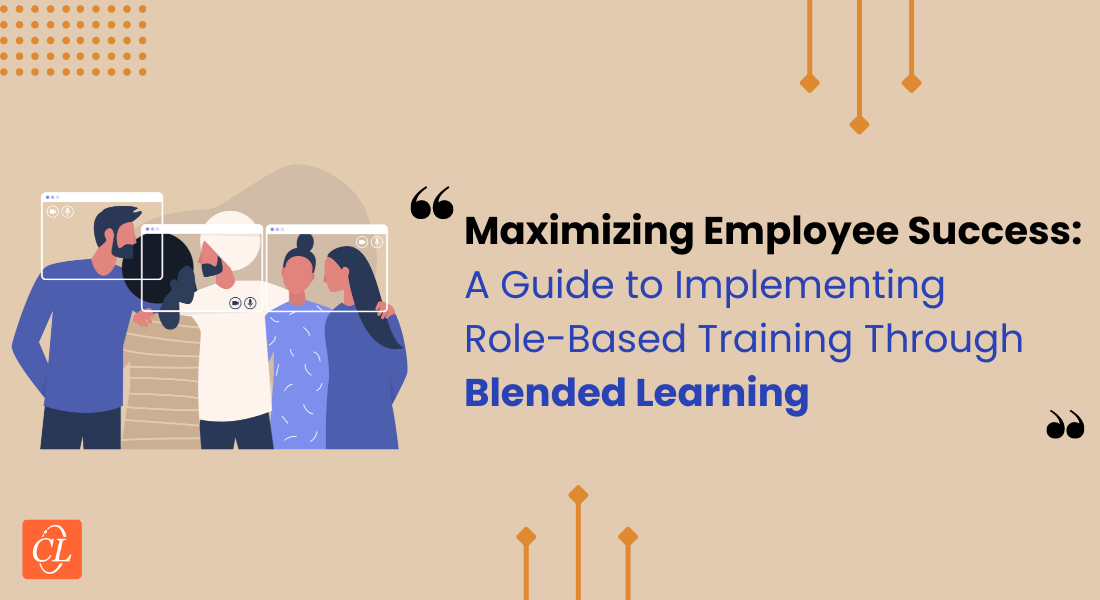4 Driving Forces to Convert ILT to E-learning for Product Training

The past couple of decades have witnessed quite a few revolutionary trends in the business world. Some of these trends have not only altered the way companies do business, but also the way they train their employees. Some of these trends have become the driving forces behind moving instructor-led training – which for years, reigned supreme in the world of corporate training – online. Here are the 4 major driving forces:
1. Growth of competition
More and more companies are emerging each day. This increases the need for organizations to stand out and lead the market. With competition come different business needs such as reduction in costs and improvements in production and service quality. And with such business needs, the need for increased efficiencies across the organization becomes necessary.
But as the sales force is spread across the globe, it becomes difficult to gather all of them for classroom sessions. So, the need to move training programs to the online platform becomes relevant.
2. Globalization of business
With the growth in competition, organizations have begun expanding their operations to new overseas markets. This gives rise to new business needs such as hiring native workforce and promoting their products and services on a bigger platform. These changing business needs give rise to different training needs such as adapting to new social and cultural environments, training workforces and customers who speak multiple languages effectively, and complying with local laws and statutes.
Paying trainers in each language for the same training program is not feasible in such situations. Online training becomes relevant here as they can be translated into various languages to reach wider audiences across the globe. Despite being translated into several languages, uniformity of training is retained. Also, learners from different parts of the world can be trained at the same time, in the language they are comfortable with.
3. Developments in Information and Communications Technology (ICT)
Various developments in the ICT sector such as the growth of Internet and mobile technologies have ushered tremendous changes in businesses. Buyers now lookup the Internet for product research and mobile devices allow companies reach out to customers and conduct their business operations more efficiently and swiftly.
As buyers are more connected to these technologies than ever and knowledgeable, your employees need to be more informative than the online resources. This need gives rise to the frequent access of training material, at the point of need, and the online platform fits best here.
4. Increase in the number and kinds of products
Due to the evolution of customer needs and their changing preferences, the number of products in markets worldwide has increased drastically over the years. This has resulted in the birth of major business needs such as continuous and faster product launches/updates to remain competitive and ensure high levels of customer satisfaction.
When a company launches products frequently, sales reps and service technicians need to be trained in sync with product launches. It is not feasible for the reps to make it to classroom sessions every time there is a new launch or update. So moving the training programs of these new products online can help these sales reps by allowing them access the training programs anywhere, anytime, and on any device. Such training programs will also help you train customers about your product or service.
These are the 4 major driving forces to convert instructor-led training to e-learning for product sales training. Realizing these changing needs might be easy, but getting your organization ready for e-learning is not. So, if you have come across these driving forces in your organization and plan to implement e-learning, here is an eBook that can help – E-learning: Getting your Organization READY.





